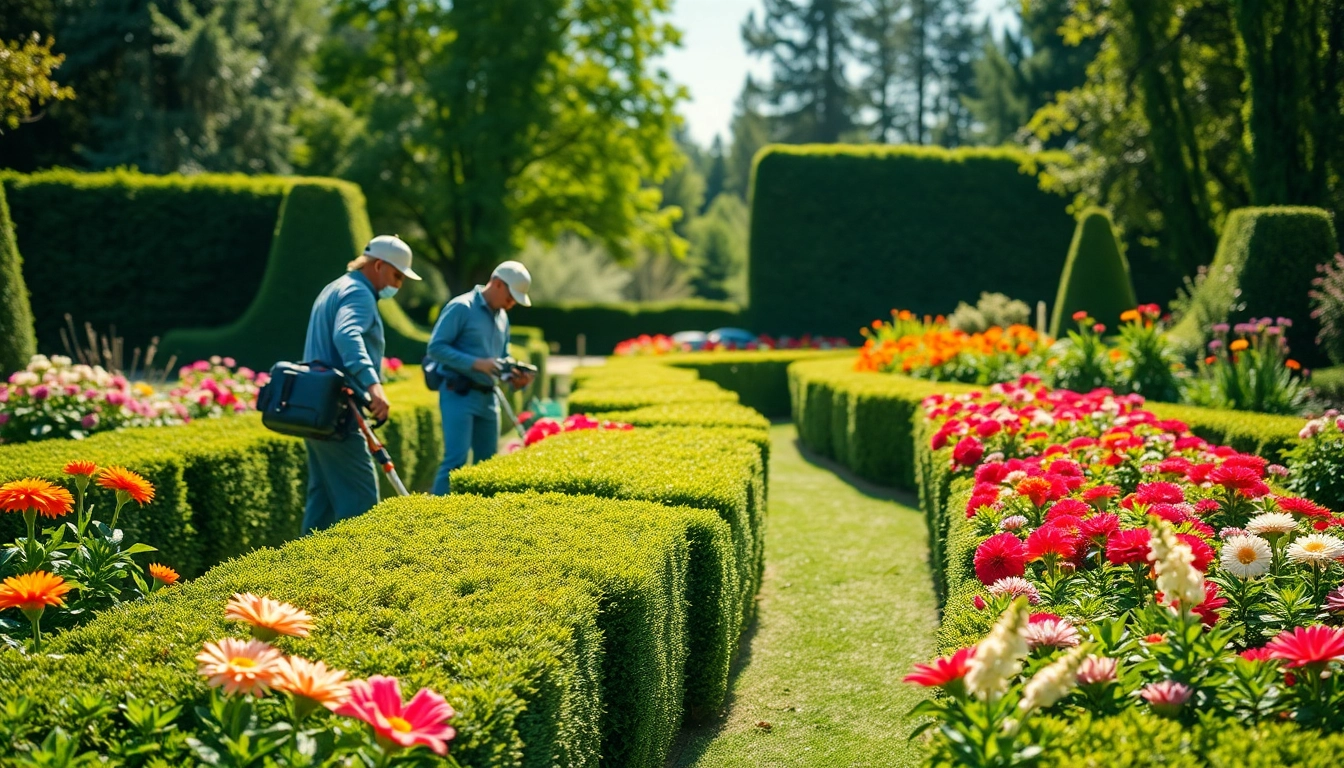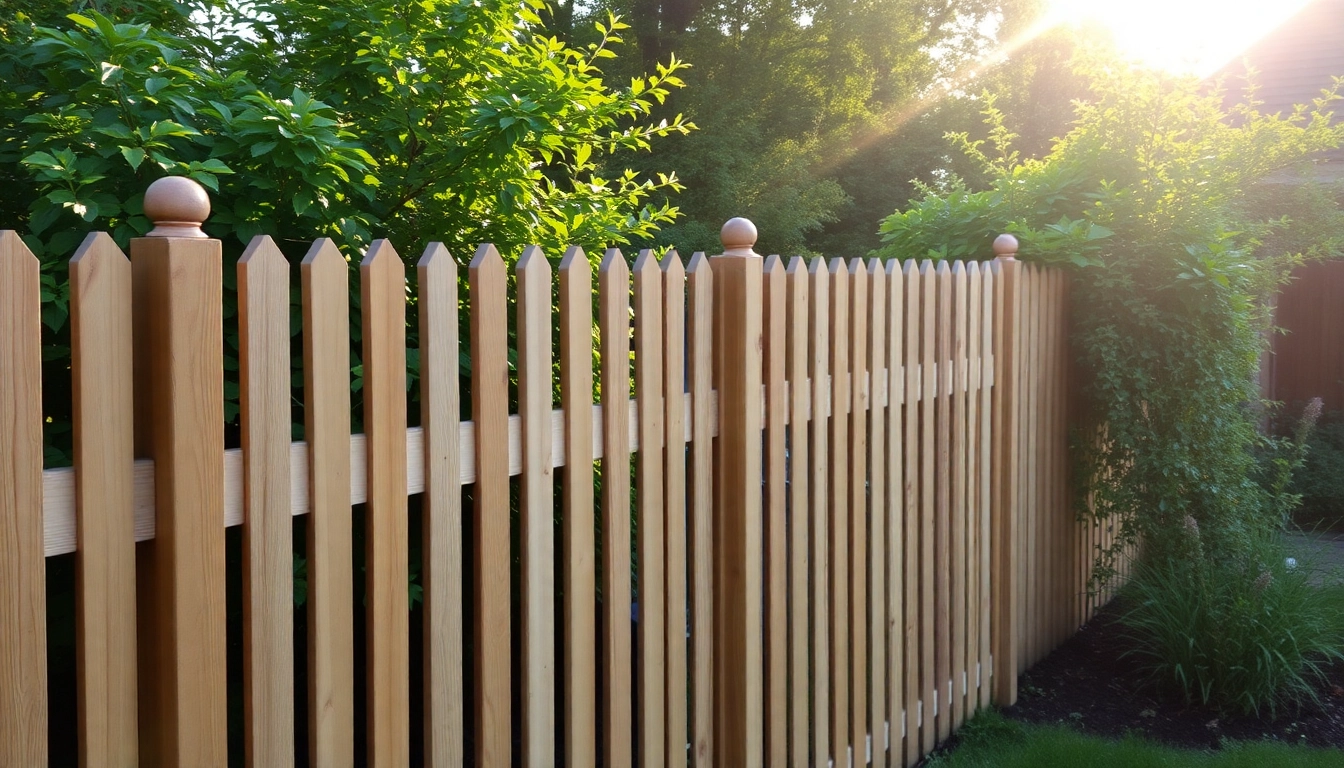1. Introduction to Landscaping Company Pricing
When it comes to transforming your outdoor space, understanding the landscaping company pricing is crucial for making informed choices. Landscaping is not merely about planting flowers or trimming hedges; it involves a comprehensive assessment of various elements that contribute to the aesthetics and functionality of your yard. The costs associated with landscaping services can vary significantly based on several factors, including the type of services you wish to avail and your project’s scope. In this article, we will delve into the intricacies of landscaping pricing, explore what influences these costs, and provide essential insights for budgeting and decision-making in your landscaping project.
1.1 What Influences Landscaping Prices?
Landscaping prices are influenced by a myriad of factors. These include the scope of the project, the complexity of design, and the materials utilized. More intricate designs that require specialized knowledge and labor will naturally cost more. Other factors include:
- Labor Costs: The skill, experience, and availability of the labor force in your area can greatly influence pricing.
- Materials: High-quality plants, hardscaping materials, and eco-friendly options typically have elevated price points.
- Design Elements: Unique features such as fountains, retaining walls, and lighting options can also drive up costs.
1.2 Common Landscaping Services and Their Costs
Understanding the types of services offered by landscaping companies can help you gauge costs more effectively. Common services include:
| Service | Average Cost (per service) |
|---|---|
| Lawn Care & Maintenance | $100 – $350/month |
| Design Work | $50 – $150/hour |
| Plant Installation | $500 – $2,000, depending on size and variety |
| Hardscaping (Pavers, Decks) | $15 – $50/sq ft |
These figures can fluctuate based on regional differences and specific company pricing models.
1.3 Understanding Pricing Models in Landscaping
Landscaping companies may adopt various pricing models tailored to fit different client needs. The most common include:
- Hourly Rate: This model is common for consultation and design work, where clients pay for the actual time spent.
- Flat Rate: A fixed fee is established for specific services such as landscaping installation or maintenance over a set period.
- Per Square Foot: Pricing can also be such that costs are calculated based on the area being landscaped, especially for larger projects.
2. Factors Affecting Landscaping Costs
2.1 Size of the Project and Property
The size of your property invariably affects landscaping cost. Larger properties require more resources, labor time, and materials, which can lead to substantially higher costs. A small garden may only require minimal maintenance and a few plants, while a sprawling estate might necessitate extensive planning, specialized care, and a variety of features.
2.2 Quality of Materials and Plants
Investing in higher-quality materials and plants can significantly enhance your landscaping project’s longevity and appeal. However, it is essential to consider that premium materials will drive up initial costs. Native or drought-resistant plants might be more expensive upfront but can save you money in water and maintenance costs in the long run.
2.3 Geographic Location and Seasonality
Your geographic location plays a pivotal role in landscaping costs. Urban areas typically see higher labor costs compared to rural regions. Seasonality can impact pricing too, as demand for landscaping services fluctuates during peak seasons. Winter months may bring challenges for landscape architects, often leading to reduced pricing but limited service availability.
3. Comparing Landscaping Company Pricing
3.1 Getting Quotes from Multiple Companies
Gathering quotes from multiple landscaping companies is an effective way to understand the market and its pricing variability. It allows you to compare services offered, pricing structures, and overall value. Ensure the quotes are detailed and cover the same scope of work for a fair comparison.
3.2 Understanding Value versus Cost
While cost is an essential consideration, it is crucial to assess value as well. A lower price doesn’t always ensure better service. Research company reviews and portfolios, and consider their reputation and experience. A slightly higher cost can sometimes represent significantly better quality work and service.
3.3 Analyzing Service Packages and Inclusions
Many landscaping companies offer package deals that can provide better overall value. Understanding what is included in each package can prevent unexpected costs down the line. Review what aspects are covered—like maintenance schedules, plant guarantees, or seasonal clean-ups—to ascertain which package aligns with your expectations and needs.
4. Budgeting for Your Landscaping Project
4.1 Setting Realistic Expectations
Setting realistic expectations for your budget is critical to the successful execution of your landscaping project. Begin by determining your overall budget, and then prioritize features based on your preferences. Some people might choose to focus on hardscaping elements first, while others may prioritize planting lush greenery. Having clear priorities helps in making informed choices about where you can splurge or save.
4.2 Creative Ways to Save Money on Landscaping
There are numerous ways to cut costs without sacrificing quality. Consider doing some of the work yourself, such as planting flowers or laying mulch. Additionally, sourcing plants or materials from local nurseries rather than larger retailers can also offer substantial savings. Seasonal sales and off-peak pricing can further reduce costs.
4.3 Importance of Contingency Funds
Setting aside a contingency fund of about 10-20% of your total budget can safeguard against unexpected expenses that may arise during the landscaping project. Unforeseen issues, such as poor soil quality or pest problems, can lead to increased costs. This buffer allows flexibility and ensures your project does not stall due to financial shortages.
5. Conclusion: Making Informed Landscaping Decisions
5.1 Evaluating Return on Investment
Return on investment (ROI) should be a key consideration when planning your landscaping project. Well-executed landscapes can increase property values significantly. Features such as outdoor living spaces and beautiful gardens not only enhance your lifestyle but also appeal to potential buyers in the future. Make sure to evaluate what type of features will offer long-term value.
5.2 Continual Maintenance and Its Cost Implications
Remember that landscaping is not a one-time expense; ongoing maintenance is essential for preserving your investment. Regular upkeep often includes weed control, lawn care, tree trimming, and seasonal planting. Budgeting for these recurring costs will help ensure the sustainability of your landscape design.
5.3 Future Trends in Landscaping Services Pricing
The landscaping industry is dynamic, with evolving trends impacting pricing structures. Sustainable landscaping practices, such as xeriscaping or the use of native plants, are gaining traction. As technology advances, the integration of smart irrigation systems can also alter traditional pricing methods. Staying informed about these trends will help you anticipate future costs and make choices aligned with both your budget and environmentally-conscious practices.



